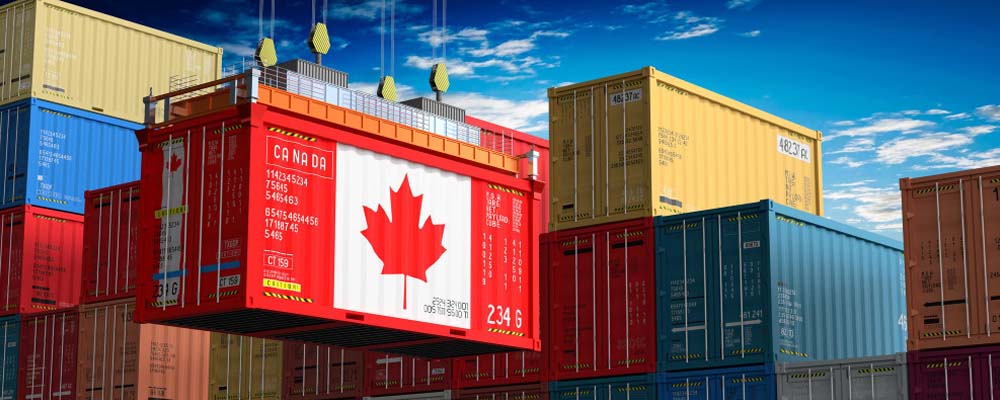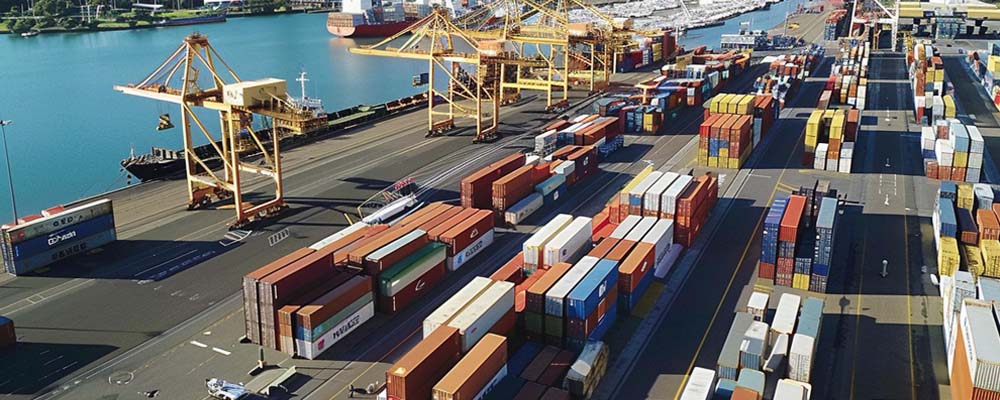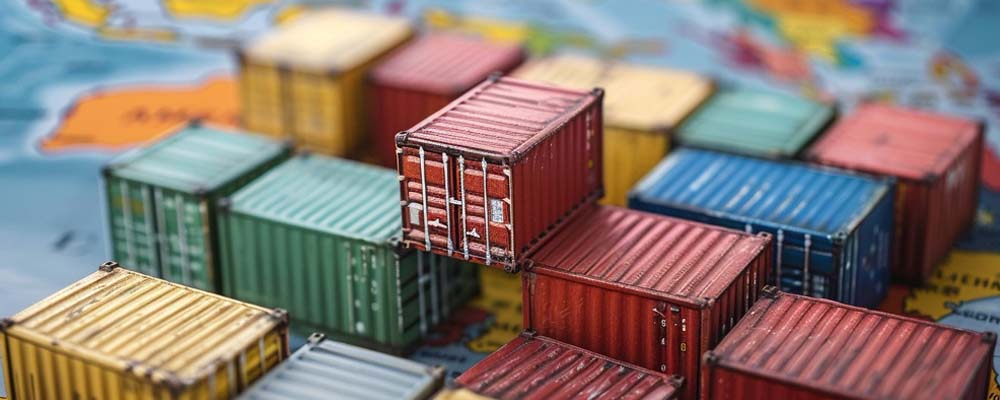
Shipping containers to Canada can be a complex process, but with the right information and planning, it can also be seamless. This guide is designed to help freight forwarding companies, logistics providers, importers and exporters, customs brokers, manufacturers, e-commerce businesses, and logistics vendors understand the intricacies of shipping to Canada. From understanding shipping methods to calculating costs and transit times, this comprehensive resource will equip you with everything you need to know.
What Are the Ways to Ship to Canada?
Shipping containers to Canada can be accomplished via several methods, each with its own set of advantages and considerations. Understanding the differences can guide you in selecting the most suitable option for your needs.
Ocean Freight
Ocean freight is the most common method for shipping large volumes of goods to Canada. It’s cost-effective and suitable for non-urgent shipments. Containers are loaded onto vessels and transported to Canadian ports, making it an ideal option for bulk goods.
Air Freight
For time-sensitive shipments, air freight is a faster alternative to ocean freight. Though more expensive, it ensures that goods reach their destination quickly. This method is often used for high-value or perishable items that require expedited delivery.
Rail and Truck Freight
Once goods arrive at Canadian ports, they can be transported inland via rail or truck freight. Rail is ideal for long-distance transportation within Canada, offering a balance between cost and speed. Truck freight provides flexibility for shorter distances and direct delivery to specific locations.
 What Are the Costs to Ship a Container to Canada?
What Are the Costs to Ship a Container to Canada?
Shipping costs can vary widely based on several factors. Understanding these can help you budget effectively and avoid unexpected expenses.
Container Size and Type
The size and type of container you select will have a substantial effect on the cost. Standard 20-foot and 40-foot containers are the most commonly used, but specialized containers (e.g., refrigerated or open-top) can be more expensive due to additional features.
Distance and Route
The distance between the point of origin and the destination port in Canada will affect the cost. Longer distances generally mean higher shipping costs. Additionally, the chosen shipping route can influence pricing, with direct routes often being more cost-effective.
Additional Fees and Surcharges
Be aware of additional fees such as fuel surcharges, terminal handling charges, and customs duties. These can add up and should be factored into your overall shipping budget. Working with a reliable freight forwarder can help you anticipate and manage these costs.
What is the Transit Time When Shipping to Canada?
Transit time is a critical factor in planning your shipments. Knowing how long it takes can help you schedule deliveries and manage customer expectations.
Ocean Freight Transit Times
Ocean freight transit times to Canada typically range from 15 to 45 days, depending on the point of origin and the specific route. Shipments from Asia usually take longer compared to those from Europe or the United States.
Air Freight Transit Times
Air freight is significantly faster, with transit times ranging from 1 to 5 days. This makes it ideal for urgent shipments, but the higher cost should be justified by the need for speed.
Inland Transit Times
Once your container arrives at a Canadian port, inland transit times will vary based on the final destination. Rail freight can take several days to a week, while truck freight can offer same-day or next-day delivery for shorter distances.
 Main Ports in Canada
Main Ports in Canada
Understanding the main ports in Canada can help you choose the most convenient and efficient entry points for your goods. Each port has its own advantages and specialties.
Port of Vancouver
Located on the west coast, the Port of Vancouver is Canada’s largest and busiest port. It handles a wide variety of cargo, including containers, bulk goods, and automobiles. Its strategic location makes it a key entry point for goods from Asia.
Port of Montreal
Situated on the east coast, the Port of Montreal is a major hub for goods from Europe and the Mediterranean. It’s known for its efficient container handling facilities and robust rail connections to major Canadian cities.
Port of Halifax
The Port of Halifax, also on the east coast, offers deep-water berths capable of accommodating the largest container ships. It’s an ideal entry point for goods destined for the Atlantic provinces and the eastern United States.
How Do I Find a Freight Forwarder in Canada?
Choosing the right freight forwarder is essential for a smooth shipping experience. Here are some guidelines to assist you in finding a trustworthy partner.
Research and Reviews
Start by researching reputable freight forwarders with experience in shipping to Canada. Seek out reviews and testimonials from other businesses to assess their reliability and the quality of their services.
Industry Certifications
Ensure that the freight forwarder holds relevant industry certifications, such as those from the International Air Transport Association (IATA) or the International Federation of Freight Forwarders Associations (FIATA). These certifications indicate a commitment to industry standards and best practices.
Service Offerings
Assess the variety of services provided by the freight forwarder. A comprehensive service package, including customs clearance, warehousing, and inland transportation, can simplify your shipping process and reduce logistical headaches.
FAQs about Shipping Your Container to Canada
What Documents Are Required for Shipping to Canada?
Several documents are necessary for shipping to Canada, including the bill of lading, commercial invoice, packing list, and certificate of origin. Ensuring that all documents are complete and accurate can help avoid delays and customs issues.
How Can I Track My Shipment?
Most freight forwarders offer shipment tracking services, allowing you to monitor the progress of your container in real-time. This transparency can help you plan for receiving and distributing your goods upon arrival.
What Are the Common Import Restrictions?
Canada has specific import restrictions on certain goods, such as hazardous materials, firearms, and agricultural products. Familiarize yourself with these restrictions and ensure compliance to avoid fines and shipment seizures.
 Conclusion
Conclusion
Shipping containers to Canada involves multiple steps and considerations, but with the right knowledge and partners, it can be a smooth process. From selecting the appropriate shipping method to understanding costs and transit times, each aspect is crucial for a successful shipment. Partnering with a reliable freight forwarder can further simplify the process and ensure that your goods reach their destination on time and in good condition.
For those looking to integrate best practices and streamline their shipping operations, consider reaching out to industry experts like CONNECTA. The shipping landscape is continually evolving, and staying informed can provide your business with a competitive edge.




 What Are the Costs to Ship a Container to Canada?
What Are the Costs to Ship a Container to Canada? Main Ports in Canada
Main Ports in Canada Conclusion
Conclusion



